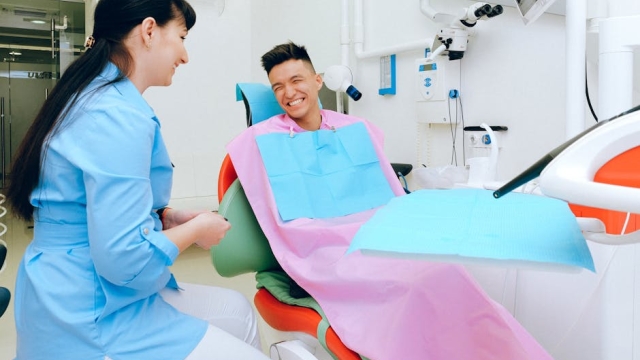
Testosterone Replacement Therapy (TRT) is a medical treatment designed to address low testosterone levels in men. Testosterone, a critical hormone for various bodily functions, can decline due to age, certain medical conditions, or lifestyle factors. Individuals experiencing symptoms such as fatigue, reduced libido, and mood fluctuations may benefit from TRT. Understanding the various trt treatment options is essential for making informed decisions about managing testosterone deficiency effectively.
Overview of Testosterone Replacement Therapy (TRT)
TRT aims to restore testosterone levels within the normal range, helping individuals regain vitality and improve their overall quality of life. Symptoms of low testosterone can vary widely and may include decreased energy, diminished muscle mass, and increased body fat. By addressing these symptoms, TRT can enhance physical and emotional well-being. However, it is important to engage with a healthcare professional to determine if TRT is appropriate, as well as to discuss potential benefits and risks associated with the treatment.
Different Types of TRT Treatments
There are several TRT treatment options, each with its own method of delivery and unique characteristics. Understanding these options can help individuals choose the most suitable therapy for their needs.
Injections
Testosterone injections are one of the most common forms of TRT. They are typically administered intramuscularly or subcutaneously and can be given every few weeks, depending on the specific formulation and the patient's needs. Injections provide a direct method of increasing testosterone levels and can lead to significant improvements in symptoms.
Gels
Transdermal gels are another popular option for TRT. These gels are applied daily to the skin, allowing testosterone to be absorbed directly into the bloodstream. This method offers a convenient alternative for individuals who may prefer not to have injections. However, users must take care to prevent skin-to-skin contact with others until the gel has fully absorbed to avoid unintended testosterone transfer.
Patches
Testosterone patches are similar to gels, but they are adhered to the skin. They release a steady dose of testosterone throughout the day. Patches can be an effective option for those looking for a consistent method of delivery without the need for frequent injections. The patches are typically applied daily to clean, dry skin in a designated area.
Pellets
Pellet therapy involves the insertion of small pellets containing testosterone under the skin, usually in the hip or buttock area. These pellets release testosterone slowly over several months, providing a long-lasting solution for those seeking a low-maintenance treatment option. This method offers the advantage of not requiring daily application or frequent injections.
Benefits and Risks of TRT Options
Engaging in TRT can lead to numerous benefits, including improved energy levels, enhanced mood, increased libido, and better muscle mass. Many individuals report a significant improvement in their overall quality of life after beginning treatment. However, it is crucial to be aware of potential side effects and risks associated with various TRT treatment options.
Common side effects may include acne, hair loss, and mood changes. More serious risks could involve cardiovascular issues, sleep apnea, and changes in blood composition. Each treatment option may carry specific risks, so it is essential to discuss these with a healthcare professional before starting any form of TRT.
Making an Informed Decision
Choosing the right TRT treatment option requires careful consideration and consultation with a healthcare professional. Factors such as lifestyle, personal preferences, and medical history will influence the decision-making process. Regular monitoring and follow-up appointments are vital to ensure the treatment is effective and to manage any potential side effects.
For those interested in exploring TRT treatment options, it is essential to seek guidance from knowledgeable healthcare providers who can tailor the therapy to individual needs and circumstances. Taking the time to understand these options can lead to a successful and fulfilling approach to managing testosterone deficiency.

